Kate Moss for Topshop has become the unexpected style staple of the summer
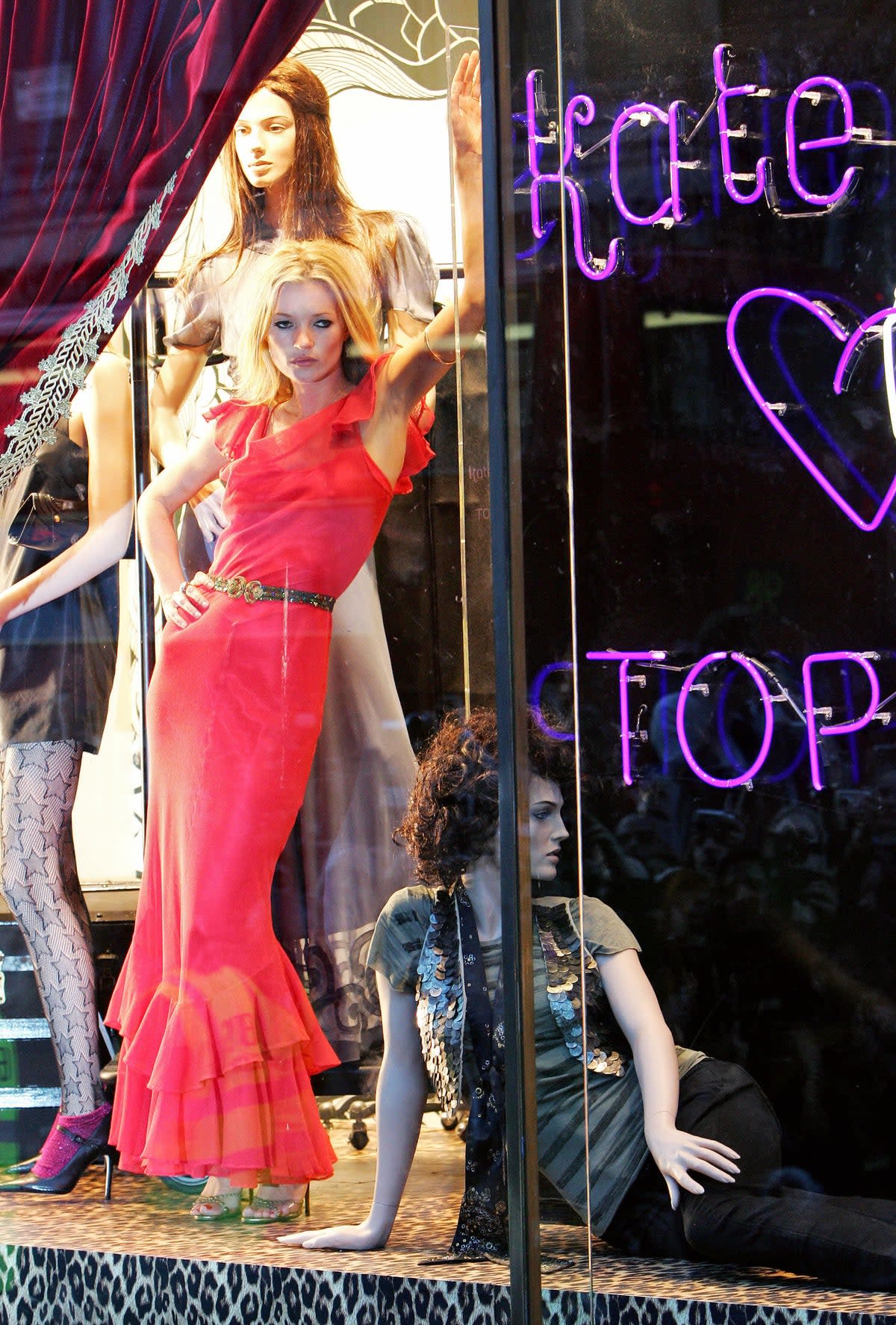
"I just want everyone to find something from the collection that they love," supermodel Kate Moss bellowed to the screaming crowds outside of Topshop’s Oxford Street store in 2014, as part of the launch of her final collection for the brand. "This is mental!"
It was mental then, and it’s still mental ten years on. That’s right, Kate Moss for Topshop is back. Well, not back in the sense that there’s anything new being produced, but back in vogue, that’s for sure. According to resale app Depop, searches for Moss’s Topshop collections are up 45 per cent month-on-month, with interest peaking over the past few summers. Stats from Vinted are in agreement: Over the last 12 months, over 4,300 Kate Moss for Topshop items were listed for sale on Vinted, with over 58,000 searches. In other words, demand is already outstripping supply.
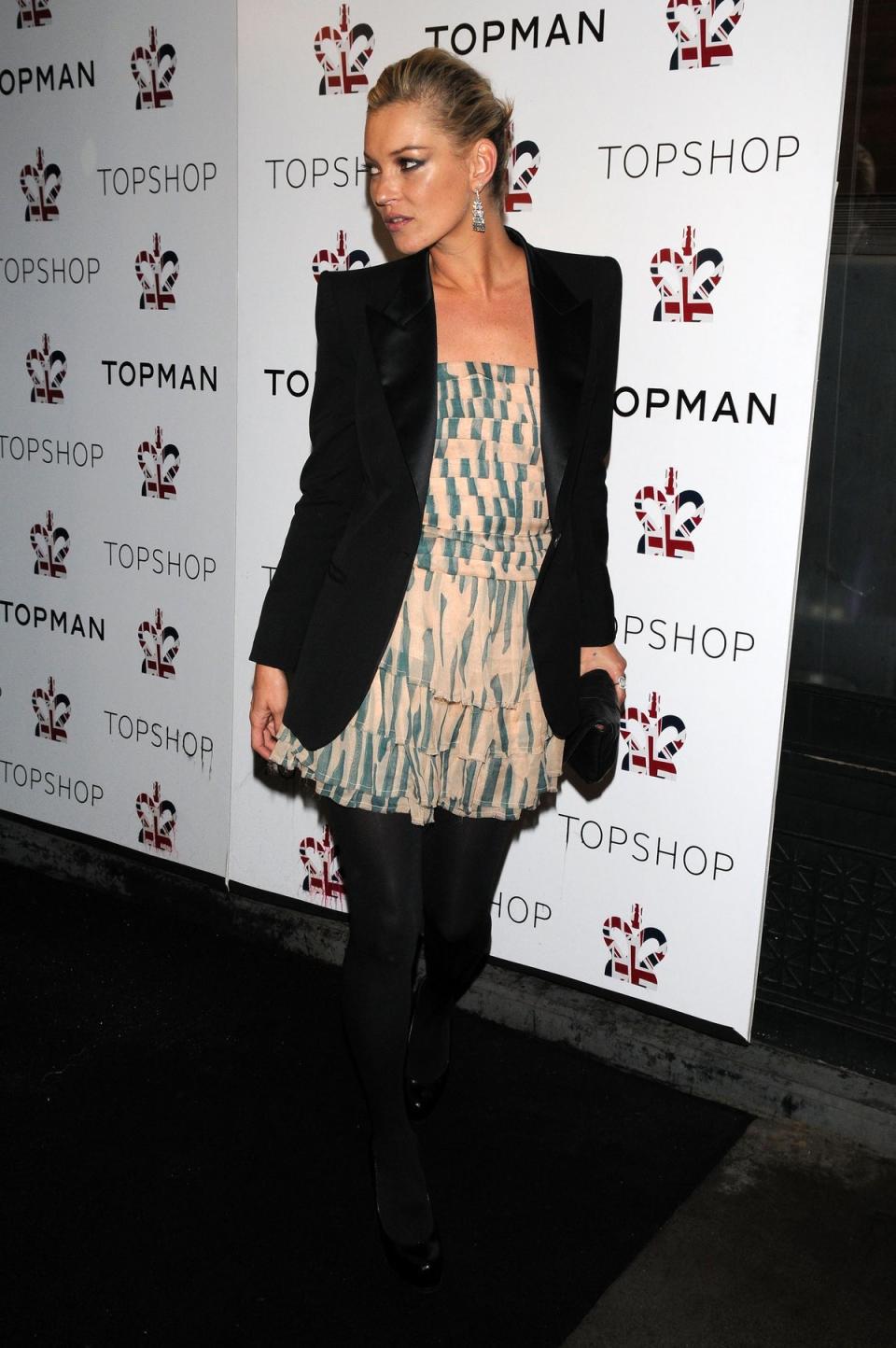
It’s partially fuelled by increased visibility. The collection could be seen all over last year’s breakout hit film Saltburn, as well as the 2022 TV adaptation of Dolly Alderton’s cult memoir Everything I Know About Love. A healthy amount of distance has made it feel “vintage” to the younger generations — a descriptor that often features in its Depop captions, likely to the horror of anyone over the age of 25. And its popularity in summer makes sense, considering how Kate Moss tops Pinterest boards and Instagram feeds every time festival season rolls around.
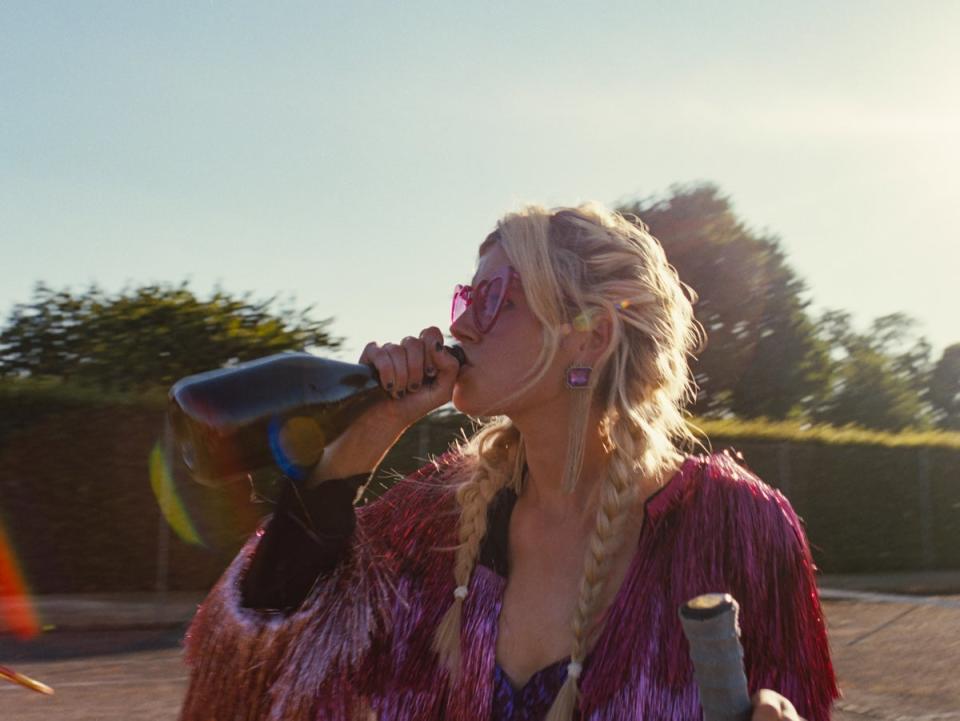
Overall, it’s selling for what you might expect — a £45 RRP blouse for £27, a £150 RRP dress for £50. But considering these are ten-year-old items from a high street shop, they’ve maintained their price very well, and there are many items that have accrued value. One sequin waistcoat, originally retailing at £45, is now priced at £48.99, despite containing a tag that lists its original retail price from 10 years ago. A pair of sequined hot pants that look like they came straight out of Moss’s Glastonbury rucksack are selling for £70, after originally retailing for £30. Other price hikes have been noted, with a Kate Moss for Topshop dress listed on eBay in 2022 for over £900. The items often contain descriptors like “vintage”, “exclusive” and “rare”.
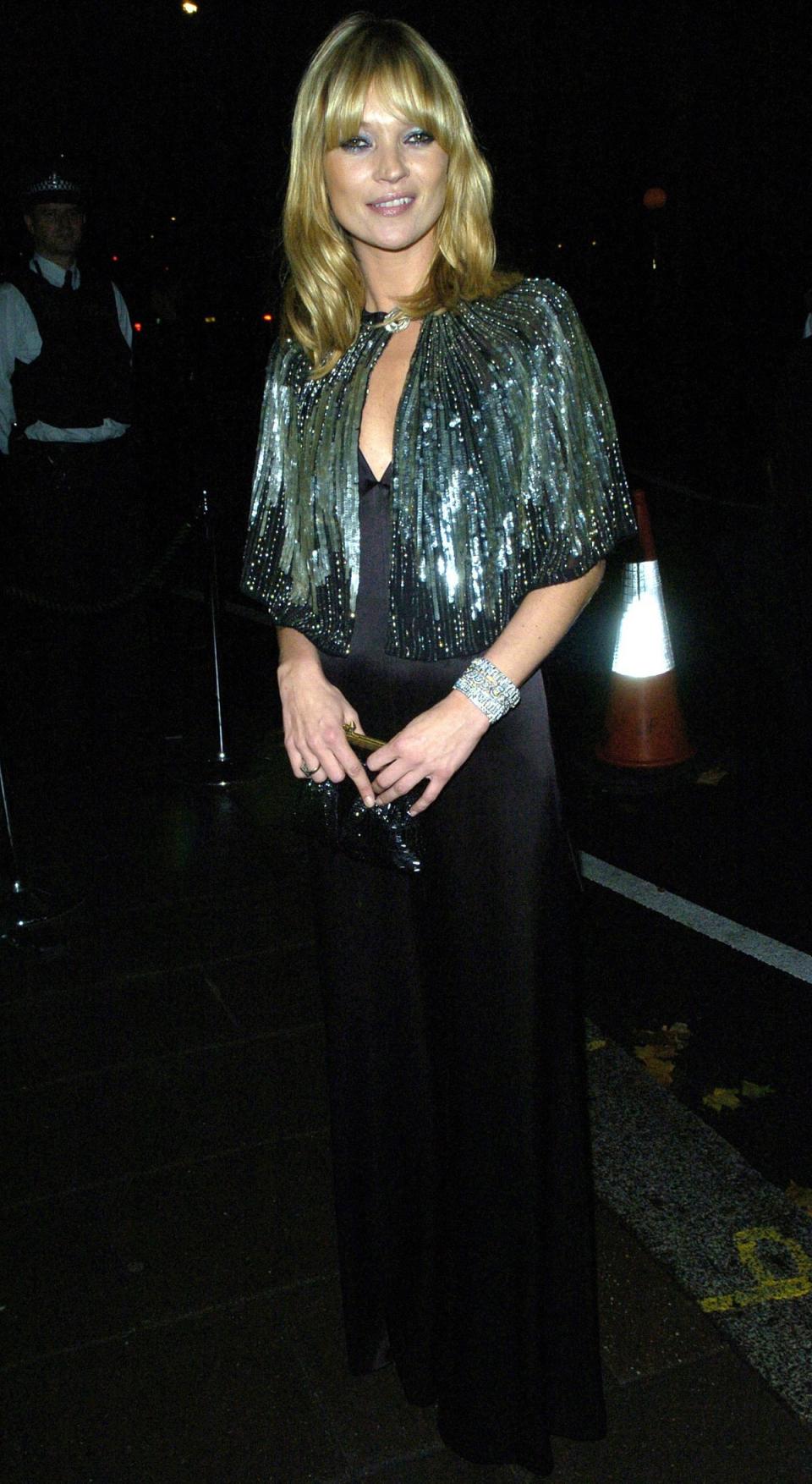
Moss’s collections for Topshop were cult classics from the moment they landed. Every single collection, from 2007 to 2014, was met with sprawling queues at local stores. Some stores even put in place a timeslot system for the Kate Moss drops, as well as enforcing stringent rules on how many items you could try on or purchase in one visit. "No grappling, begging or bribing, you know you'll be embarrassed tomorrow,” one rule on the list read.
Plus, this was when Topshop was at its zenith, beloved on the high street and in high fashion alike. The brand played a big role in London fashion week, sponsoring the New Gen scheme to support emerging designer talent from 2001 and hosting its own shows from 2005. Though it seems unbelievable now, the high street brand’s LFW front row often eclipsed that of actual fashion houses — this due to the pull factor that was Philip Green, the billionaire owner of Topshop whose Arcadia retail empire has since collapsed — attracting the likes of Anna Wintour, Naomi Campbell and Alexa Chung. In the 2010s, Topshop even made it into the Met Gala red carpet (yes, really), with Bella Hadid, Kate Moss and Hailey Bieber all donning custom looks on the first Monday in May.
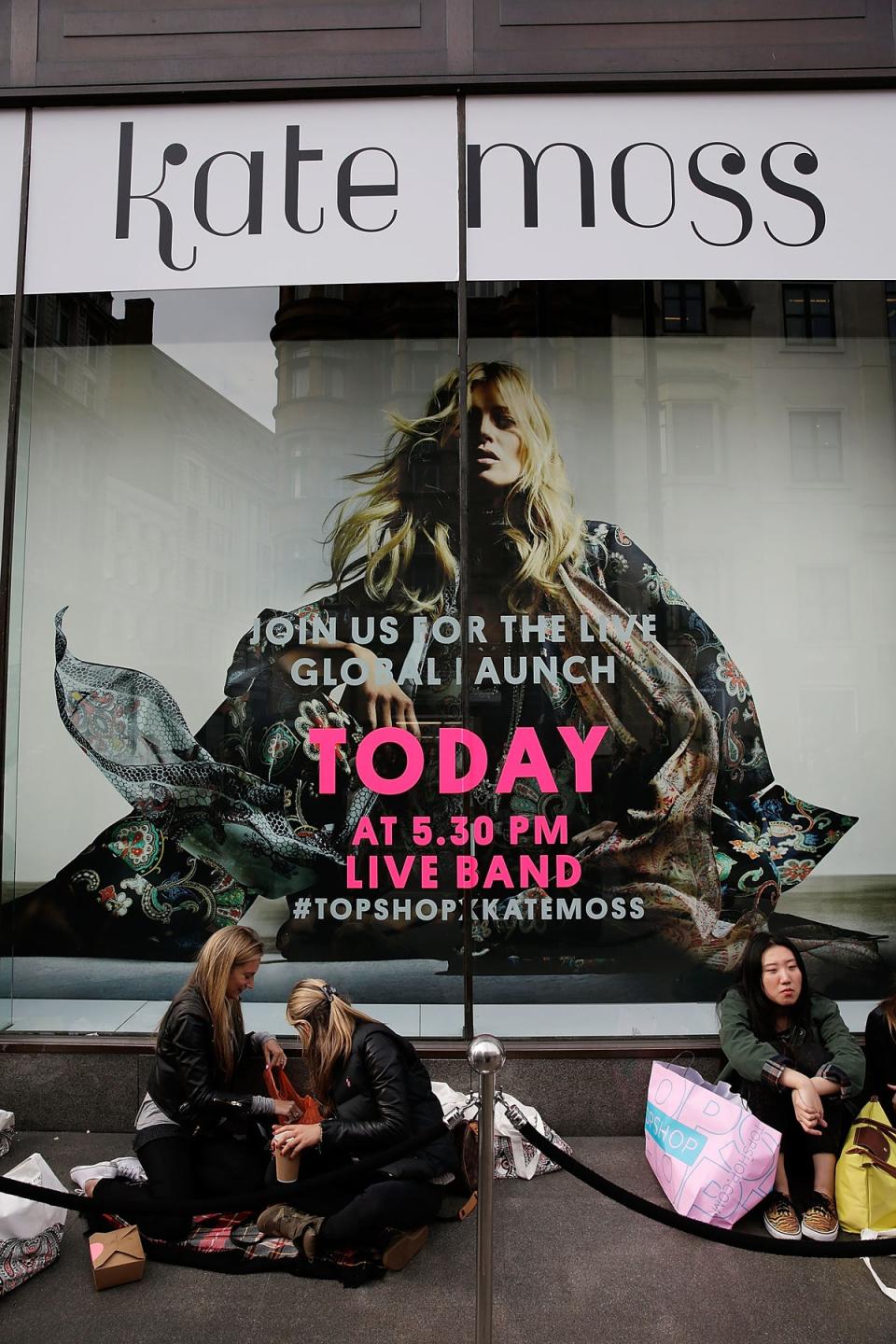
The Kate Moss for Topshop collections offered the same high/low treatment. It gave shoppers a chance to dress like Moss, who was pretty much unanimously considered the most stylish woman in the country, for a fraction of the price. “This was 2007, after all, when we all wanted to dress like, look like and BE Mossy,” wrote Katie Rosseinsky for Grazia, in an ode to the brand published in 2020. “In the mid-Noughties, the idea that a model might turn designer was a new one. That a model might lend their cachet to a mid-priced high street brand rather than, say, a big-name fashion house was unprecedented.”
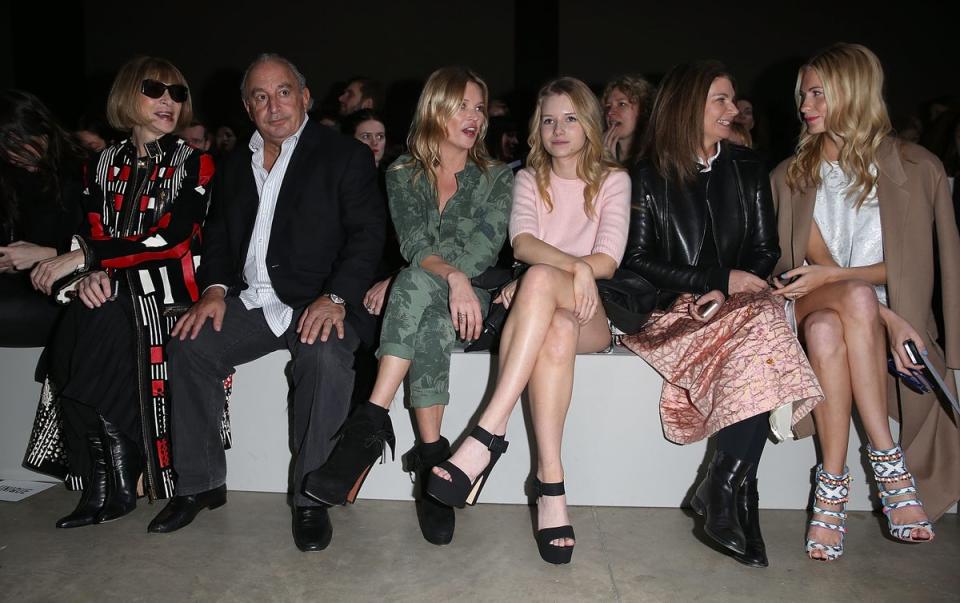
The Topshop team utilised this interest in Moss’s personal wardrobe, often imitating famous items she had been seen wearing before. Waistcoats, hotpants, biker jackets. And a direct replica of the yellow chiffon tea dress she wore to a New York dinner in 2003.
Kate Moss for Topshop saw resale prices above face value even then. When the 2014 collection launched, a £95 black tassel dress seen on Suki Waterhouse at one of the promotional events quickly appeared for sale online for an eye-watering £495.
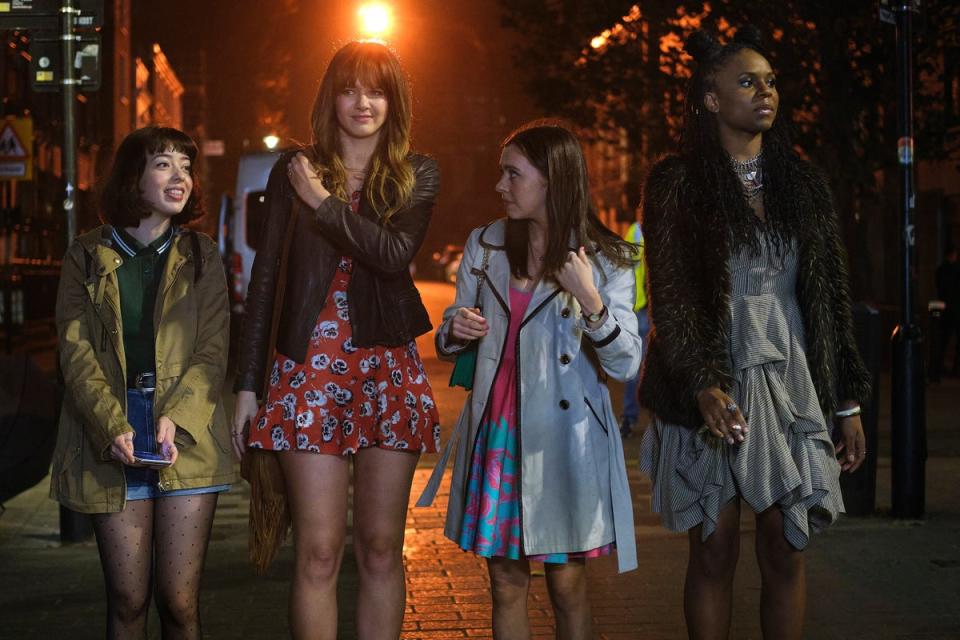
But the recent obsession with high street clothes from the near-past is not just limited to Kate’s Topshop collections. Just last week, the internet went into meltdown after a pair of leopard print, sequined hotpants worth $30 were listed on Depop for $298. They weren’t from a limited edition collaboration or ultra niche designer that made it big - they were Forever 21. “The appeal of the older items that the new ones lack is scarcity,” sustainable fashion consultant Scott Staniland explained to Vogue Business. “It’s the facade that this item is no longer available. And it’s that price because it’s no longer available, and no one’s going to have it.”
It’s a win for sustainability, even if it all feels a little too soon. But the Gen Zs are leading with their wallets, so go and dig out that old Mossy for Topshop dress. Even if it’s doesn’t end up being worth five hundred quid, it’ll pay dividends in clout.


